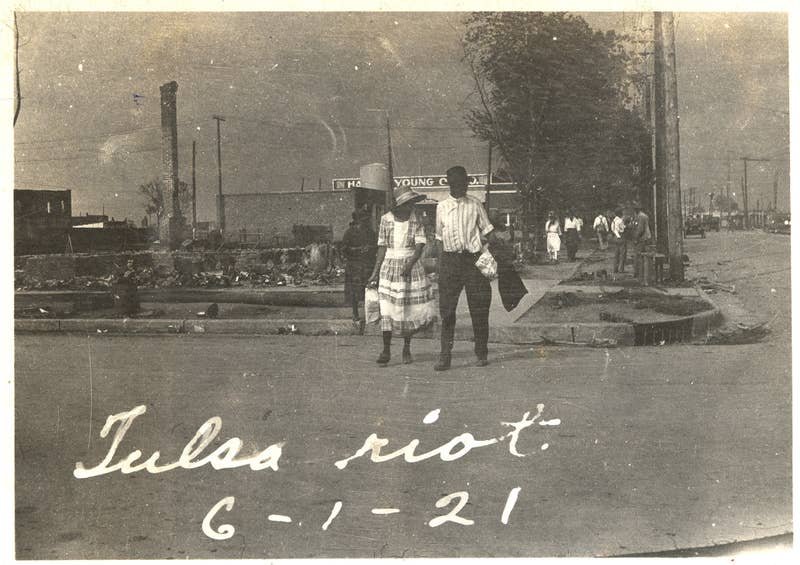Forensic scientists and archaeologists investigating a mass grave near the site of the 1921 Tulsa Race Massacre have unearthed skeletal remains, including that of a Black man with multiple gunshot wounds to his head and shoulder.
…
[S]cientists discovered 35 coffins in the unmarked mass grave. The remains of 19 people were taken to a science lab on-site, not far from the mass grave. So far, officials said, they have completed preliminary analysis on nine of those human remains.
“Five of those nine were juveniles,” said Phoebe Stubblefield, the lead forensic anthropologist working on the investigation.
The Tulsa Race Massacre began May 31, 1921, after Dick Rowland, a Black teenager who was working as a shoe shiner in downtown Tulsa, was accused of assaulting a White girl in an elevator. A White mob descended on Greenwood, a Black community so affluent it was called “Black Wall Street.”
Historians believe that as many as 300 Black people were killed during the massacre. Thirty-five square blocks of Greenwood were destroyed by fire. More than 1,250 homes, churches, schools, businesses, a hospital and a library were destroyed. Massacre survivors reported seeing bodies tossed into mass graves, into the muddy Arkansas River or loaded onto trucks or trains, making a tally the fatalities difficult.
No White person was ever arrested for the violence.































